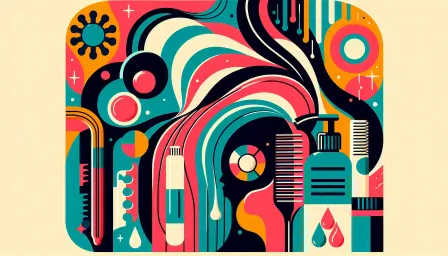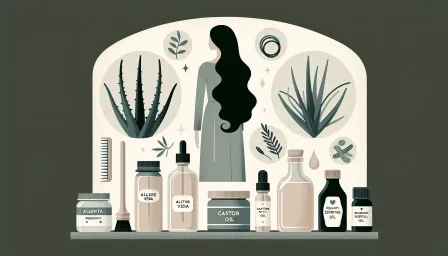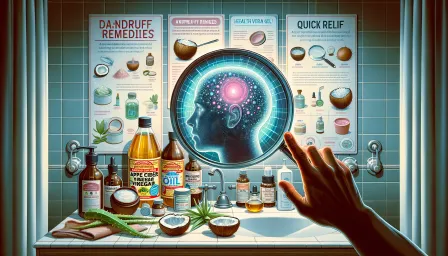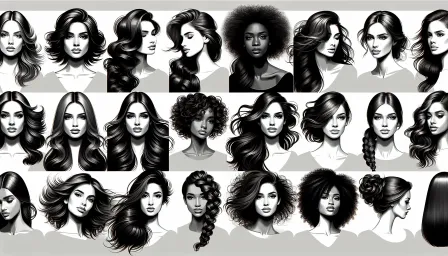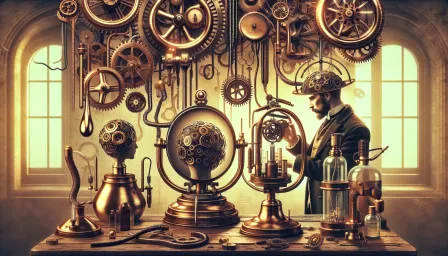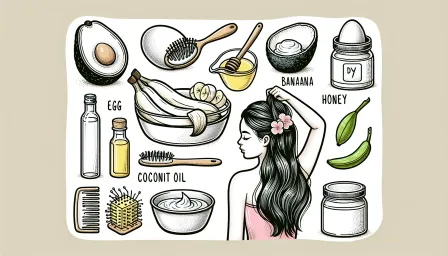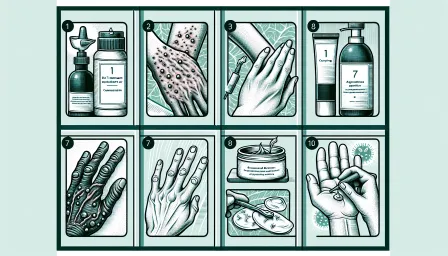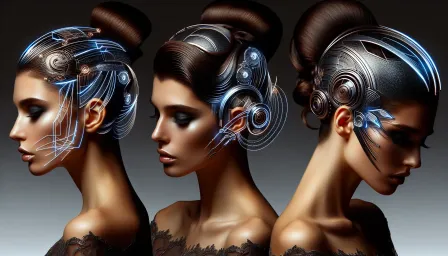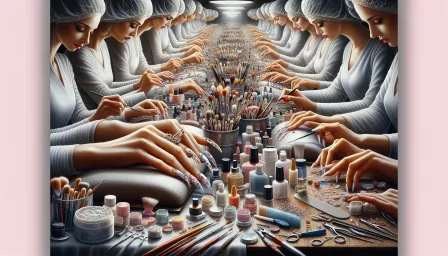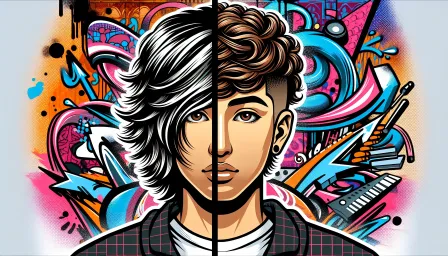Top Damaged Hair Styling Tools and Techniques You Should Avoid
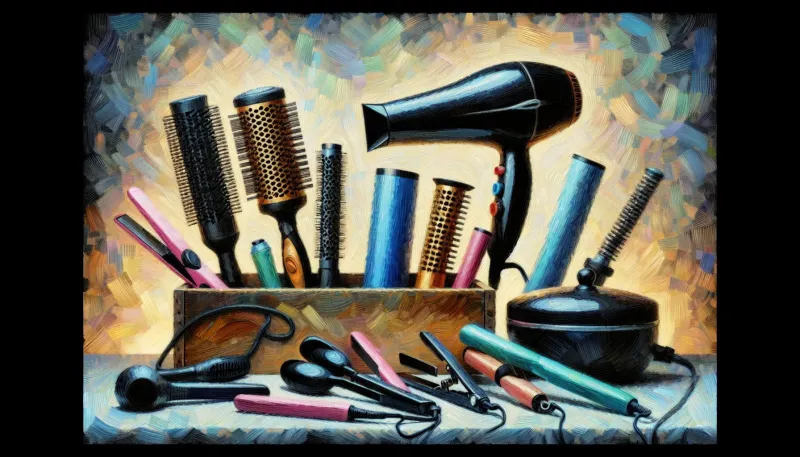
Discover the top damaged hair styling tools and techniques you should avoid to protect your hair. Learn effective alternatives and improve hair health with our expert guide.
Maintaining healthy hair is a priority for many, but everyday styling habits can sometimes lead to damage. Without realizing it, you might be using hair styling tools and techniques that are causing harm. In this article, we'll explore the top damaged hair styling tools and techniques you should avoid, as well as offer healthier alternatives to keep your hair looking vibrant and strong.
1. High-Heat Styling Tools
High-heat styling tools, such as flat irons, curling wands, and blow dryers, can cause significant damage to your hair. The intense heat can weaken the hair shaft, leading to breakage, split ends, and dryness.
Why High Heat is Harmful
Exposing hair to high temperatures causes the cuticle to lift, allowing moisture to escape and making the hair more porous and prone to damage. Over time, this results in brittle, frizzy hair that is difficult to manage.
Healthier Alternatives
- Use styling tools with adjustable temperature settings and keep the heat at the lowest effective level.
- Opt for ceramic or tourmaline tools that distribute heat more evenly and reduce the risk of damage.
- Implement heat protectant sprays to create a barrier between your hair and the heat.
2. Tight Hairstyles
Tight hairstyles, including ponytails, braids, and buns, can put excessive tension on the hair and scalp. This can lead to traction alopecia, a condition characterized by hair loss caused by pulling.
Impact of Tension on Hair
Consistently wearing tight hairstyles can damage hair follicles, inhibit hair growth, and cause headaches. The constant pressure weakens the hair, making it more susceptible to breakage.
Healthier Alternatives
- Choose looser hairstyles that minimize tension on the hair and scalp.
- Use soft, fabric-covered hair ties instead of rubber bands that can snag and break hair.
- Alternate between different hairstyles to give your hair a break from constant tension.
3. Chemical Treatments
Chemical treatments, such as coloring, perming, and relaxing, can severely damage the hair's structure. These treatments often involve harsh chemicals that strip the hair of its natural oils and proteins, leading to dryness and brittleness.
Effects of Chemical Exposure
Chemicals used in these treatments can weaken the hair shaft, alter its texture, and cause long-term damage. Frequent use of these treatments can leave hair looking and feeling lifeless.
Healthier Alternatives
- Limit the use of chemical treatments and give your hair time to recover between sessions.
- Consider using semi-permanent dyes or natural alternatives like henna, which are less damaging.
- Incorporate regular deep conditioning treatments to restore moisture and strength.
4. Incorrect Brushing Techniques
Brushing your hair incorrectly can cause significant damage. Using the wrong brush or brushing too aggressively can lead to breakage and split ends.
Common Brushing Mistakes
Brushing wet hair without the right tool, starting from the roots rather than the ends, and using a brush with hard bristles are common mistakes that can damage hair.
Healthier Alternatives
- Use a wide-tooth comb or a detangling brush to gently work through knots, especially when hair is wet.
- Start brushing from the ends and work your way up to avoid tugging and breaking hair.
- Choose brushes with soft, flexible bristles to minimize damage.
5. Over-Washing and Harsh Shampoo
Washing your hair too frequently or using shampoos with harsh sulfates can strip your hair of its natural oils and cause dryness and breakage.
Risks of Over-Washing
Over-washing can lead to a dry scalp, excessive oil production (as the scalp tries to compensate), and weak, fragile hair. Harsh shampoos can exacerbate these issues by removing essential oils that keep hair healthy.
Healthier Alternatives
- Limit hair washing to 2-3 times per week, or adjust based on your hair type and needs.
- Use sulfate-free shampoos and conditioners that are gentler on your hair and scalp.
- Incorporate regular conditioning treatments to maintain moisture and strength.
Conclusion
Protecting your hair from damage involves being mindful of the styling tools and techniques you use. By avoiding high-heat tools, tight hairstyles, excessive chemical treatments, incorrect brushing methods, and over-washing, you can maintain healthier, stronger hair. Always opt for gentler alternatives and care routines to keep your hair looking its best.
By making small, thoughtful changes to your hair care routine, you can significantly improve the health and appearance of your hair. Remember, healthy hair is beautiful hair.




